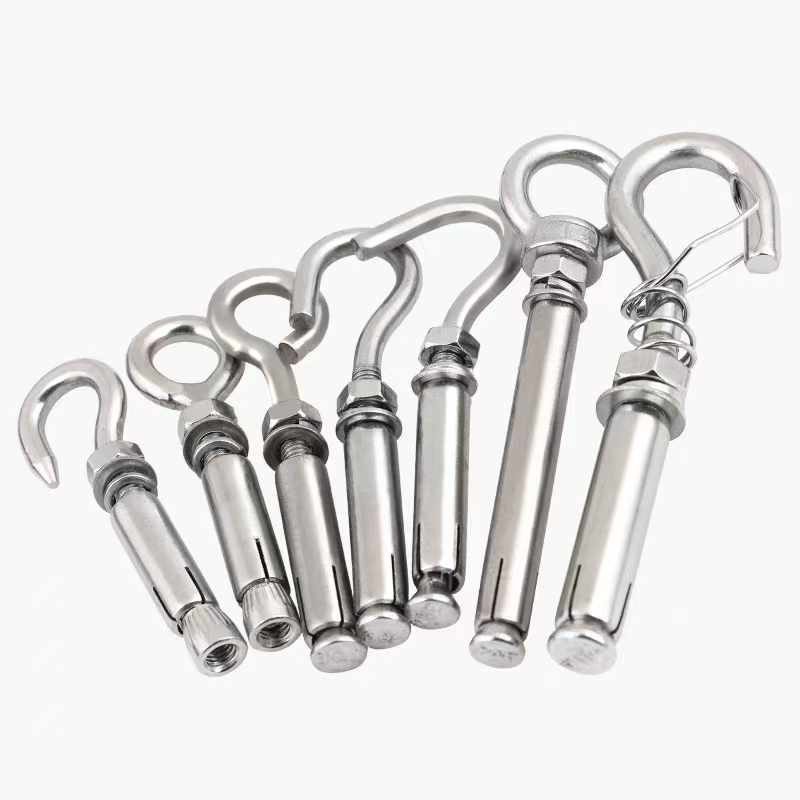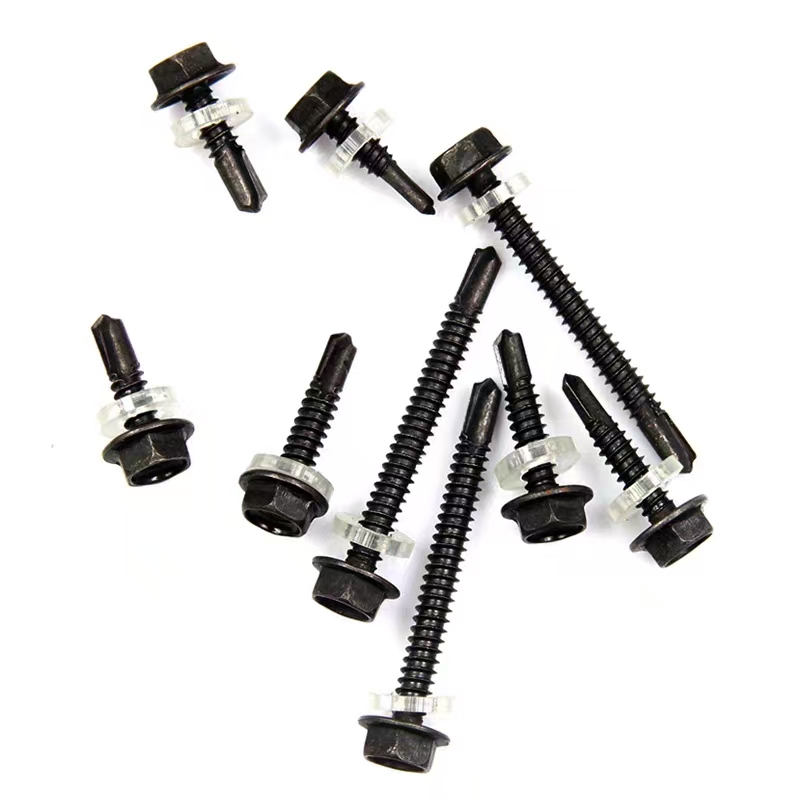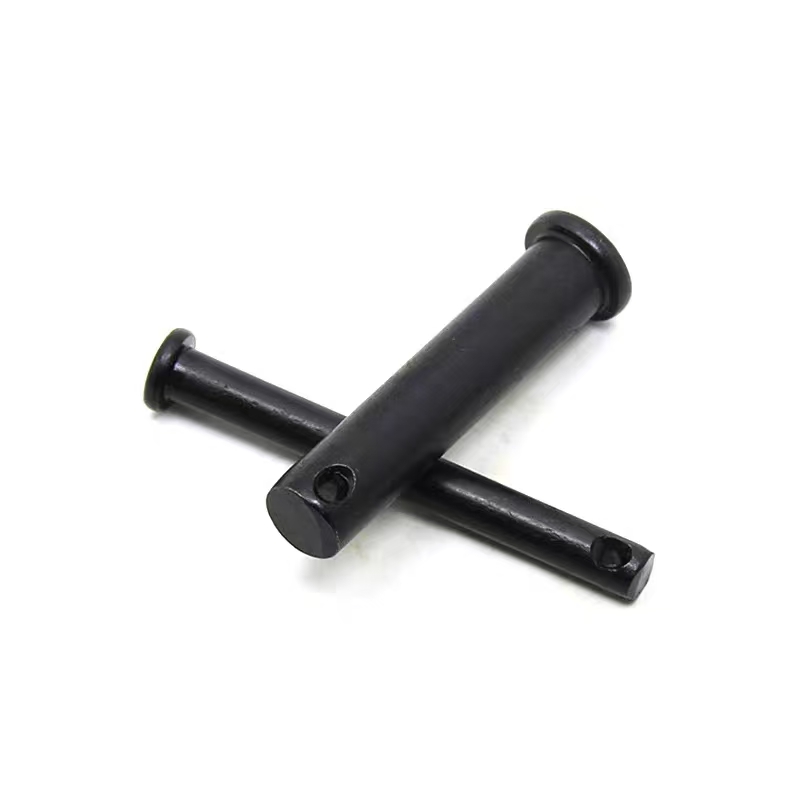- Chinese
- French
- German
- Portuguese
- Spanish
- Russian
- Japanese
- Korean
- Arabic
- Irish
- Greek
- Turkish
- Italian
- Danish
- Romanian
- Indonesian
- Czech
- Afrikaans
- Swedish
- Polish
- Basque
- Catalan
- Esperanto
- Hindi
- Lao
- Albanian
- Amharic
- Armenian
- Azerbaijani
- Belarusian
- Bengali
- Bosnian
- Bulgarian
- Cebuano
- Chichewa
- Corsican
- Croatian
- Dutch
- Estonian
- Filipino
- Finnish
- Frisian
- Galician
- Georgian
- Gujarati
- Haitian
- Hausa
- Hawaiian
- Hebrew
- Hmong
- Hungarian
- Icelandic
- Igbo
- Javanese
- Kannada
- Kazakh
- Khmer
- Kurdish
- Kyrgyz
- Latin
- Latvian
- Lithuanian
- Luxembou..
- Macedonian
- Malagasy
- Malay
- Malayalam
- Maltese
- Maori
- Marathi
- Mongolian
- Burmese
- Nepali
- Norwegian
- Pashto
- Persian
- Punjabi
- Serbian
- Sesotho
- Sinhala
- Slovak
- Slovenian
- Somali
- Samoan
- Scots Gaelic
- Shona
- Sindhi
- Sundanese
- Swahili
- Tajik
- Tamil
- Telugu
- Thai
- Ukrainian
- Urdu
- Uzbek
- Vietnamese
- Welsh
- Xhosa
- Yiddish
- Yoruba
- Zulu
- Kinyarwanda
- Tatar
- Oriya
- Turkmen
- Uyghur

expansion bolt ceiling
Understanding Expansion Bolts for Ceiling Installations
Installing fixtures in ceilings often leads to questions about the best methods and materials to use. Expansion bolts are a common choice, but what makes them suitable for such tasks?
What Are Expansion Bolts?
Expansion bolts are a type of fastener designed to secure objects to concrete or masonry surfaces. When it comes to ceilings, they are frequently used to hang heavy items like pendant lights or shelves. The essential feature of these bolts is their ability to expand once inserted, anchoring firmly in place.
I remember the first time I used an expansion bolt overhead. There was a bit of anxiety, wondering if it would really hold. But once you understand the mechanics—how the sleeve expands as you tighten the nut—you gain confidence. It's crucial, however, to ensure the bolt length and diameter suit the load.
In practice, I've seen many installations fail simply because the wrong size was used, or the substrate wasn't properly assessed. Always check the ceiling material. Concrete's strength differs vastly from drywall.
Choosing the Right Expansion Bolt
Not all expansion bolts are created equal, and selecting the right one depends on various factors. Weight load, environmental conditions, and the type of ceiling are all critical. In harsher environments, for instance, I opt for stainless steel rather than zinc-plated bolts, resisting corrosion better.
A vivid memory involves installing a heavy chandelier. The ceiling was concrete, but aged and slightly crumbly. Typically, I'd use a larger diameter bolt, but here, it required additional bracing to ensure stability. In another job with a drywall ceiling, I combined expansion bolts with toggle anchors for added security.
When in doubt, consult the specifications provided by reputable manufacturers like Handan Zitai Fastener Manufacturing Co., Ltd., well-known for their quality. Their resources at zitaifasteners.com can be invaluable in making informed choices.
Installation Process
Installation requires care and precision. Begin by drilling the correct size hole, often slightly larger than the bolt itself. A hammer drill with a masonry bit can make quick work of concrete, but take care not to go too deep.
Next is the insertion phase. Gently tap the expansion bolt into the hole, ensuring it sits flush with the surface. As you tighten the nut, listen for subtle resistance signaling the sleeve's expansion. This is where experience comes into play. There's a feel to it that guides you.
Mind you, over-tightening can split the material or break the bolt, a mistake I once made with costly consequences. Always double-check manufacturer's torque recommendations.
Common Challenges and Solutions
A common challenge with ceiling installations is access. Working above your head requires steady hands and sometimes inventive position adjustments. Using stabilizing tools or a helper can ease the process.
Dust and debris pose hazards too. Wear protective gear and clean the area frequently. I've seen sites where debris caused slip-ups and delays, something easily avoidable with simple precautions.
Moreover, accurately marking drill points can't be stressed enough. I've learned this the hard way. Whenever possible, use a template or guide to avoid misalignment.
Aftercare and Maintenance
Once installed, ongoing checks can prevent future issues. Over time, vibrations and loads can loosen fittings. A quarterly inspection routine has served me well, catching minor shifts before they result in major problems.
Any signs of corrosion or wear necessitate immediate attention. In my experience, untreated issues can escalate quickly, especially in coastal or industrial areas with aggressive environments.
Professional advice or a second opinion from experts like those at Handan Zitai Fastener Manufacturing Co., Ltd. can offer tailored solutions and ensure long-term performance, reinforcing that choosing the right fastener is as critical as its installation.
Related products
Related products
Best selling products
Best selling products-
 Hot-dip galvanized chemical bolts
Hot-dip galvanized chemical bolts -
 Hexagon socket electrogalvanized bolts
Hexagon socket electrogalvanized bolts -
 Stud bolts
Stud bolts -
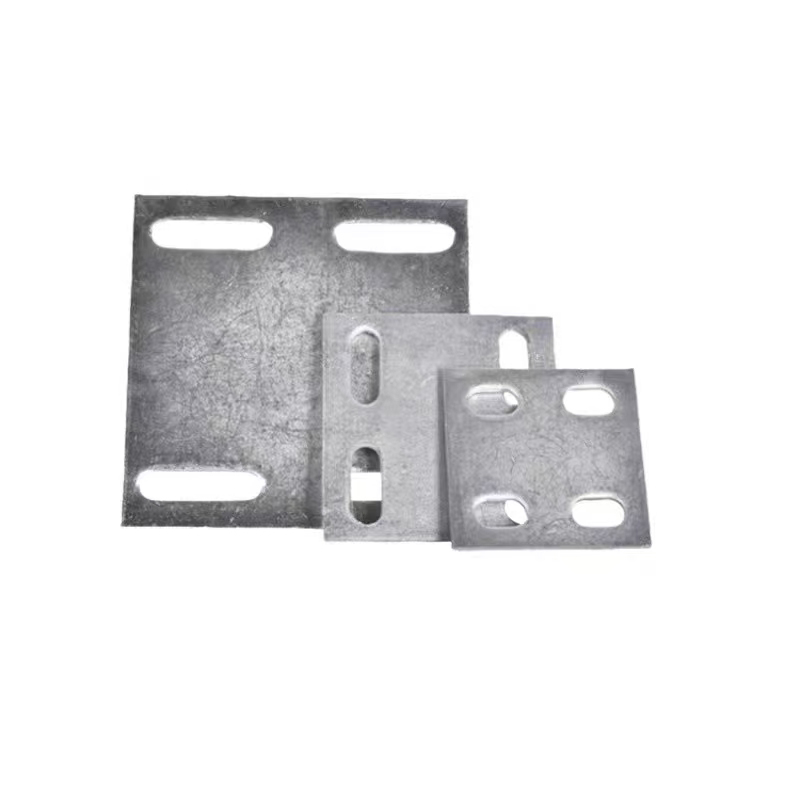 Hot-dip galvanized embedded plate
Hot-dip galvanized embedded plate -
 Basket bolts
Basket bolts -
 10.9S large hexagon bolts
10.9S large hexagon bolts -
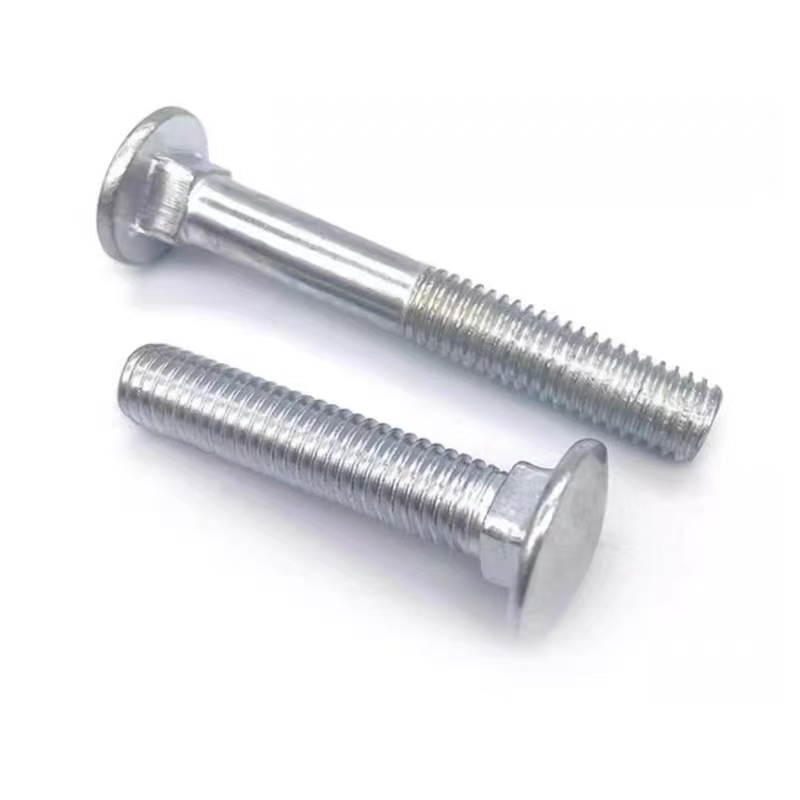 Carriage bolt (half-round head square neck bolt)
Carriage bolt (half-round head square neck bolt) -
 Electrogalvanized hinge bolts
Electrogalvanized hinge bolts -
 Electrogalvanized expansion bolts
Electrogalvanized expansion bolts -
 7-shaped anchors (7-shaped anchor bolts)
7-shaped anchors (7-shaped anchor bolts) -
 Anti-loosening nut (locking nut)
Anti-loosening nut (locking nut) -
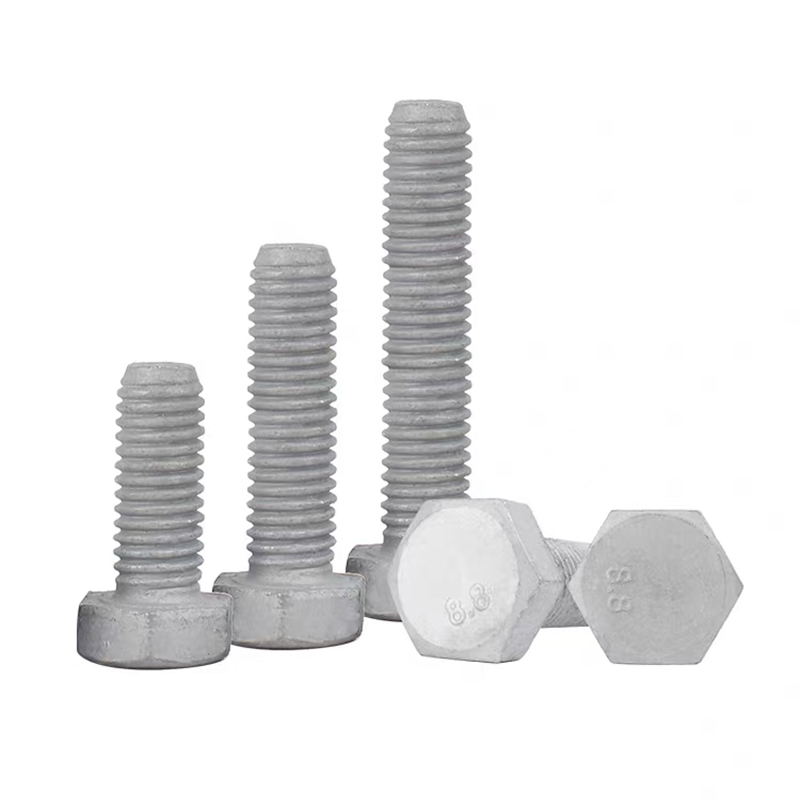 Hot-dip galvanized hexagonal bolts
Hot-dip galvanized hexagonal bolts



